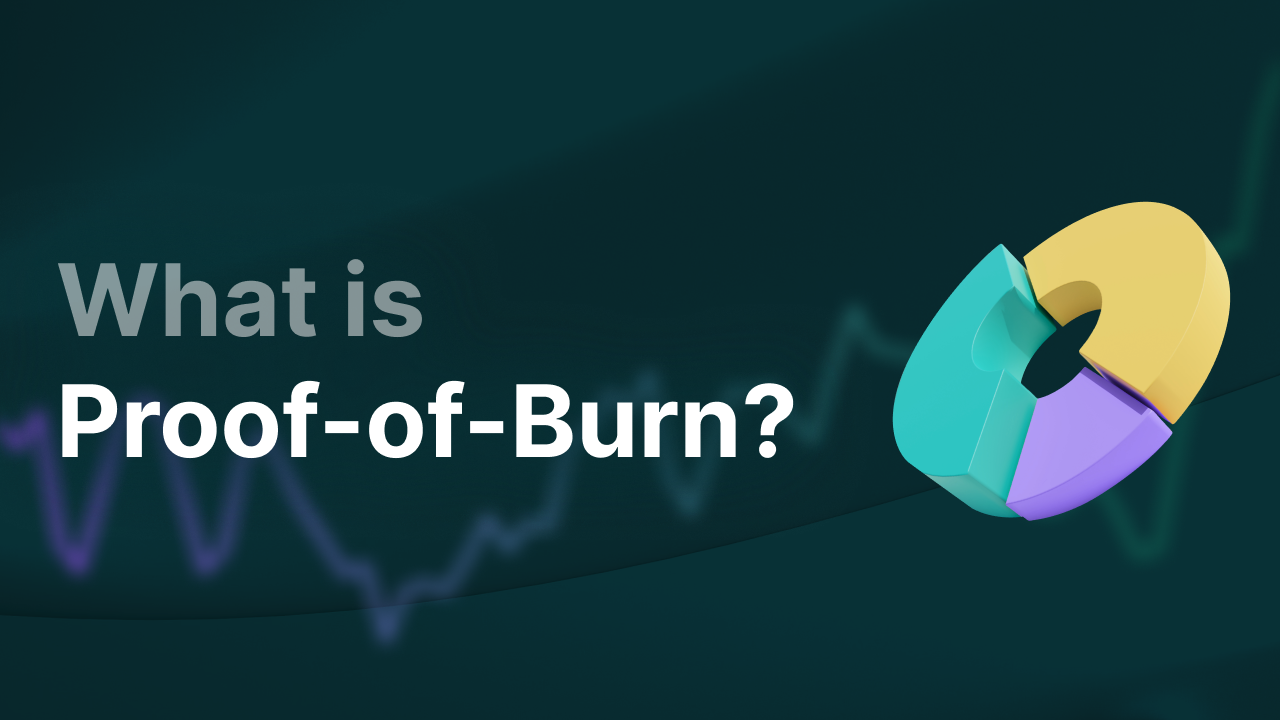What Is a Crypto Crash, and How Do You Deal With It?

What is a crypto crash?
A crypto crash is a sudden, sharp drop in multiple cryptocurrency prices at the same time. It is essentially a specific form of a market crash within the crypto world. While there is no official threshold for a crash, in traditional financial markets we often speak of a crash when an asset falls by more than 10%, whereas in the crypto market it is often considered a crash when there is a drop of more than 30% in a single day. A crypto crash can sometimes last months or even years before the market fully recovers. Some cryptos never recover at all. Often, a crypto crash begins with a steep drop, which causes traders to panic sell their cryptocurrency, triggering a chain reaction where the selling pressure reinforces itself.
Key Takeaways
-
A crypto crash is a sudden, sharp drop in multiple crypto prices, often more than 30% in a single day.
-
Causes include regulation, hacks, macroeconomic factors, geopolitical events, and liquidations.
-
Famous crashes include the Mt. Gox hack, the 2018 crypto winter, the COVID crash, and the FTX collapse.
-
Difference between crash and dip: a dip is small and temporary, a crash is severe and long-lasting.
-
During a crash, it helps to stay calm, use stop-loss orders, apply DCA, and only invest what you can afford to lose.
How does a crypto crash occur?
The crypto market is known for its volatility and is therefore more sensitive to external factors. There are several reasons why a crypto crash may occur. Here are the main causes:
-
Regulation and government policy: Stricter laws or a ban in a major country can scare off investors. A well-known example is China’s strict measures, which regularly caused price drops.
-
Hacks and fraud: Major hacks of exchanges or projects can weaken trust in crypto. The Mt. Gox hack (2014) and the FTX collapse (2022) are well-known examples.
-
Macroeconomic factors: Inflation, interest rate hikes, or recessions make investors risk-averse. Since crypto is seen as risky, many investors sell their holdings in such situations.
-
Other negative news events: Wars, pandemics, or unexpected geopolitical decisions have a direct impact.
-
Liquidations: Some traders use leveraged long positions, but if the price drops too quickly, their positions are automatically closed. This adds to selling pressure and can cause a dramatic drop.
Examples of crypto crashes
Here are some well-known examples of crypto crashes for Bitcoin and other cryptocurrencies in the past.
The first major Bitcoin crash (2011)
In 2011, the first major crypto crash took place when Bitcoin fell from $32 to $2 within weeks, a drop of 94%! It became clear for the first time that Bitcoin would not rise in a straight line. The crypto market carries risks, and prices require corrections.
Mt. Gox (2013 - 2014)
Mt. Gox was a crypto exchange that processed about 70% of all Bitcoin transactions at the time. In 2014, it turned out that around 850,000 Bitcoins had disappeared. As a result, confidence and the Bitcoin price collapsed: Bitcoin dropped from $1,100 to below $400. This crash exposed how weak the crypto market infrastructure was.
Crypto winter (2018)
In 2017, Bitcoin reached a new all-time high of $20,000, but in 2018 it dropped back to around $3,200 (a decline of about 85%). Nearly all altcoins followed Bitcoin and fell by more than 90% in some cases. Because of the long period of declining prices and the bleak sentiment, this period was nicknamed the "crypto winter."
COVID crash (2020)
Due to the COVID-19 pandemic, there was widespread uncertainty and global panic. The crypto market was also hit hard: Bitcoin fell from $9,100 to $4,000 (-56%) in just a few days. Although this was a sharp decline, it later marked the beginning of a new bull market.
FTX crash (2022)
In November 2022, one of the largest crypto exchanges at the time, FTX, suddenly went bankrupt. Bitcoin fell from $20,000 to about $15,000 (around -25%) in just a few days, and other altcoins dropped even more sharply. This event showed investors the importance of self-custody, diversification, and transparency. In addition, critically evaluating a provider’s "Proof of Reserves" is essential.
What can we learn from past crypto crashes?
Looking at past crypto crashes, there are three key lessons:
-
The market is unpredictable: External factors can suddenly cause the market to drop, such as a pandemic, war, or the bankruptcy of exchanges.
-
Bitcoin shows resilience: Unlike many altcoins, Bitcoin has (so far) always recovered after a crash. Note: historical prices are no guarantee of the future.
-
Bitcoin market cycles: Many crashes fit into a broader four-year cycle, often around halving events, where a bull market is typically followed by a major correction.
-
Do your own research: Be aware of all the risks in the crypto market. There is no guarantee that any crypto will rise. Cryptocurrencies remain high-risk assets.
What is the difference between a crypto crash and a crypto dip?
Both a crypto crash and a crypto dip are declines in price, but they differ in size and duration. Here are the main differences:
What can you do during a crash?
For beginners, a crash can be quite intimidating and cause panic. However, there are strategies to limit your risks.
-
Stay calm: Panic selling often causes the biggest losses. Remaining rational is difficult but crucial.
-
Use stop-loss orders: With stop-loss orders, you limit losses by automatically selling if the price drops below a set level.
-
Dollar Cost Averaging (DCA): By investing small amounts regularly, you spread your risk and buy at an average favorable price.
-
HODL (Hold On for Dear Life): Especially for Bitcoin, history has shown that long-term holding often pays off.
-
Only invest what you can afford to lose: A golden rule in crypto. Only invest money you can truly afford to lose, so you never face unwanted surprises in your daily life.
Final thoughts
A crypto crash is inevitable in a market as young, volatile, and dependent on external factors as crypto. Although it often comes with panic and heavy losses, past crashes show that the sector keeps entering new phases and that Bitcoin in particular shows resilience. At the same time, many examples prove that there are never guarantees and that investors must always be prepared for unexpected events. The most important thing is to invest with a long-term vision, remain critical of projects and providers, and adopt a strategy that matches your personal risk profile. By staying calm during turmoil, spreading risks, and only investing money you can afford to lose, you increase your chances not just of surviving a crash but even coming out stronger in the long run.




